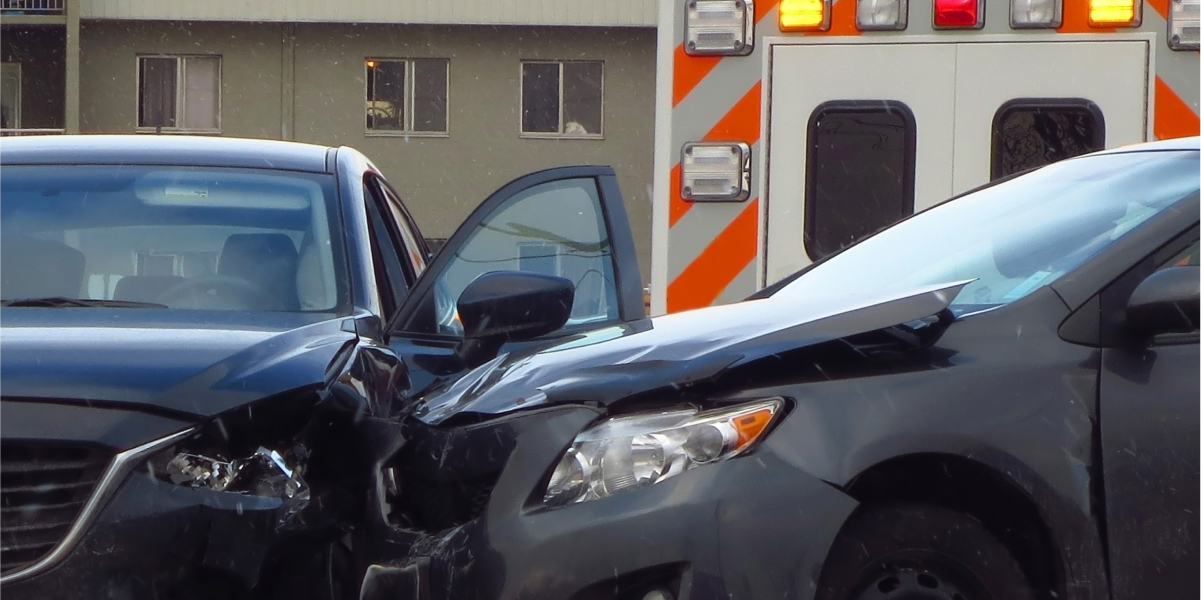In a story online at theledger.com (sharing an article from the Kansas City Star) a reporter discusses an increase in the rate of fatal semi-truck accidents in the United States, as well as a failure to respond to these accidents on the part of the National Highway Traffic Safety Administration (NHTSA).
More than 4,300 people in the U.S. were killed in collisions involving tractor-trailers or large trucks in 2016. That’s a 29 percent increase from 2009 and is equivalent to a 737 airliner crashing twice a month. About 300 people are killed every year and 15,000 are injured in rear-end collisions with 18-wheeler trucks. Collision-avoidance systems can prevent more than 70 percent of rear-end semi-truck collisions, according to trucking companies that use these systems on their fleets. The wrecks that still do occur with collision-avoidance systems cause less damage and less severe injuries.
At least 10 different times since 1990, the National Transportation Safety Board (NTSB) has recommended that NHTSA mandate forward crash avoidance and mitigation systems on all heavy trucks. Despite the consistent urging, NHTSA has yet to publish any kind of proposed regulation or even attempt put one into effect.
“They are absolutely a culpable villain in this picture,” Steve Owings, co-founder of the advocacy group Road Safe America, said of the NHTSA. “We need to hold them accountable.”
The NTSB has limited authority; It can only investigate incidents and make recommendations, and the rest is up to Congress or federal regulatory agencies like the NHTSA. As of late, the safety board has been quite vocal in its criticism of the NHTSA’s failure to act. In 2016, the NTSB said many recent semi-truck crashes “could have been mitigated, or possibly even prevented, had rear-collision-avoidance technologies been in place.”
“Our government has failed to fund safe roads and encourages 80,000-pound trucks on the same highways as families and children in 3,000-pound vehicles,” said Jim Hall, former chairman of the NTSB. “I am even more disappointed today than I was in 1999 over the lack of leadership and safety culture at NHTSA.”


